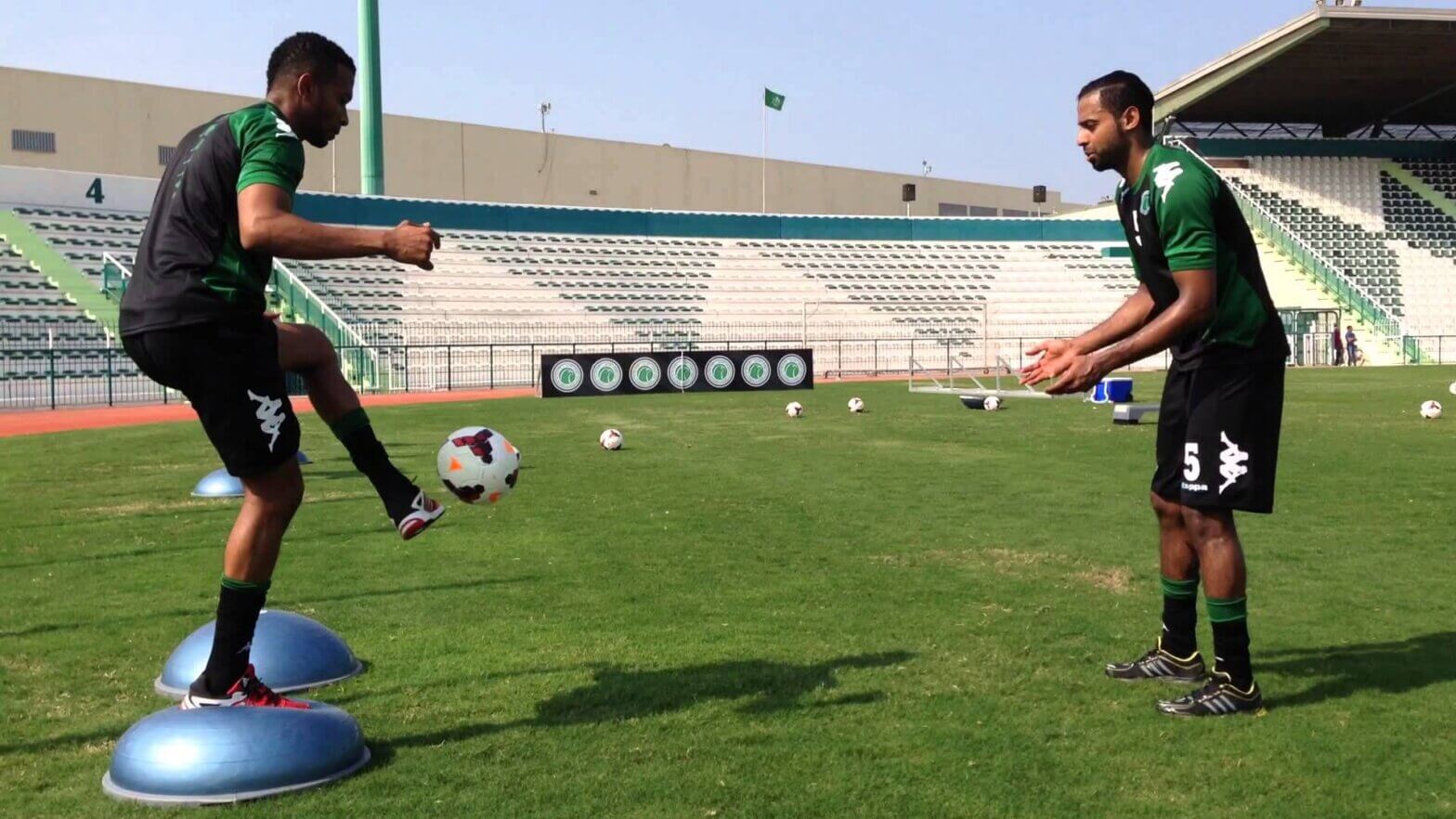Have you heard of peroneal tendinopathy before? It is an ankle condition/injury that is commonly seen in athletes, but particularly in runners because of the repeated ankle motion required in the sport. Typically, peroneal tendinopathy doesn’t occur suddenly or as the result of a single event, but instead it gradually progresses over a period of time due to overuse. It may also be caused by a sudden increase in the distance or intensity of your run, poor running mechanics (like landing more on the outside of the foot), or wearing unsupportive shoes while running. Those with a history of ankle sprains, especially untreated ones, or weak ankles are also more likely to develop peroneal tendinopathy. Do any of these factors apply to you? If so, keep reading below to learn more about peroneal tendinopathy and the treatment options available.
Anatomy
The peroneals lie on the outside (lateral) compartment of the lower leg. They are also called fibular muscles, given their attachment to the bone of the same name. The two muscles, fibularis longus and fibularis brevis, help to plantarflex and evert the foot. This means that they create the actions of moving the ankle to point the toes downward (like you are pushing on a gas pedal), and moving the ankle so that the toes point outward away from the body. They also provide stability to the foot and ankle and help to prevent ankle sprains. Fibularis longus supports the arches of the foot as well. Although the muscles originate from the fibula, the tendons of these muscles pass behind the bone on the outside of the ankle joint (known as the lateral malleolus) before inserting further down into the foot. This area behind the outer ankle bone where the tendons run is commonly the site of pain in those with peroneal tendinopathy.
Symptoms
In addition to pain along the outside of the ankle, people with peroneal tendinopathy may also experience:
- Swelling behind the outer ankle
- Pain or weakness when moving the foot into eversion (toes outward)
- Pain or weakness when pushing off from the toes (plantarflexion) when walking or running
- Pain walking on uneven or sloped surfaces
- Pain that is worse with activity, but decreases with rest
- Feeling like the ankle is unstable when weight is placed on it
- Feeling a “popping” sensation in the ankle
- Loss of ankle strength and/or motion
Treatment
The first step in treating peroneal tendinopathy is to stop performing activities that worsen your pain in order to allow the area to rest and recover. There are numerous conservative, non-surgical options available to treat peroneal tendonitis. The R.I.C.E (Rest, Ice, Compression, Elevation) protocol and anti-inflammatory medications such as Advil or Aleve can be used in the early stages of injury to decrease swelling and control pain. Use of a boot or splint may be helpful to immobilize the ankle joint, preventing movement to allow the area time to heal. An active treatment that can help not only heal the injury, but prevent re-injury is physical therapy.
Physical therapy uses multiple different strategies to treat the condition and return you to your prior level of function. Stretching and strengthening of the ankle, foot, and lower leg will be a priority in order to improve motion and strengthen the muscles to withstand the stress of running. A physical therapist may also use hands-on manual therapy techniques to mobilize the joint(s) or decrease tightness in the muscles to improve joint mobility and reduce pain. As movement experts, physical therapists can also develop sport-specific training programs, provide education on safe training and return to sport, and even give advice on proper footwear and orthotics. Additionally, therapeutic modalities can be administered for pain management such as ice, heat, or ultrasound.
If you are experiencing symptoms of peroneal tendinopathy that have impacted your running, call Respire Physical Therapy at (703) 671-1871 or click here today to schedule an evaluation and develop a treatment plan to get you back running as safely and quickly as possible!
Tags: peroneal tendinopathy, physical therapist, Foot Pain, running pain, choosept, arlingtonva, Physical Therapy, sport injury, Respire Physical Therapy, fallschurchva, Numbness and Tingling, ptworks, ankle pain



